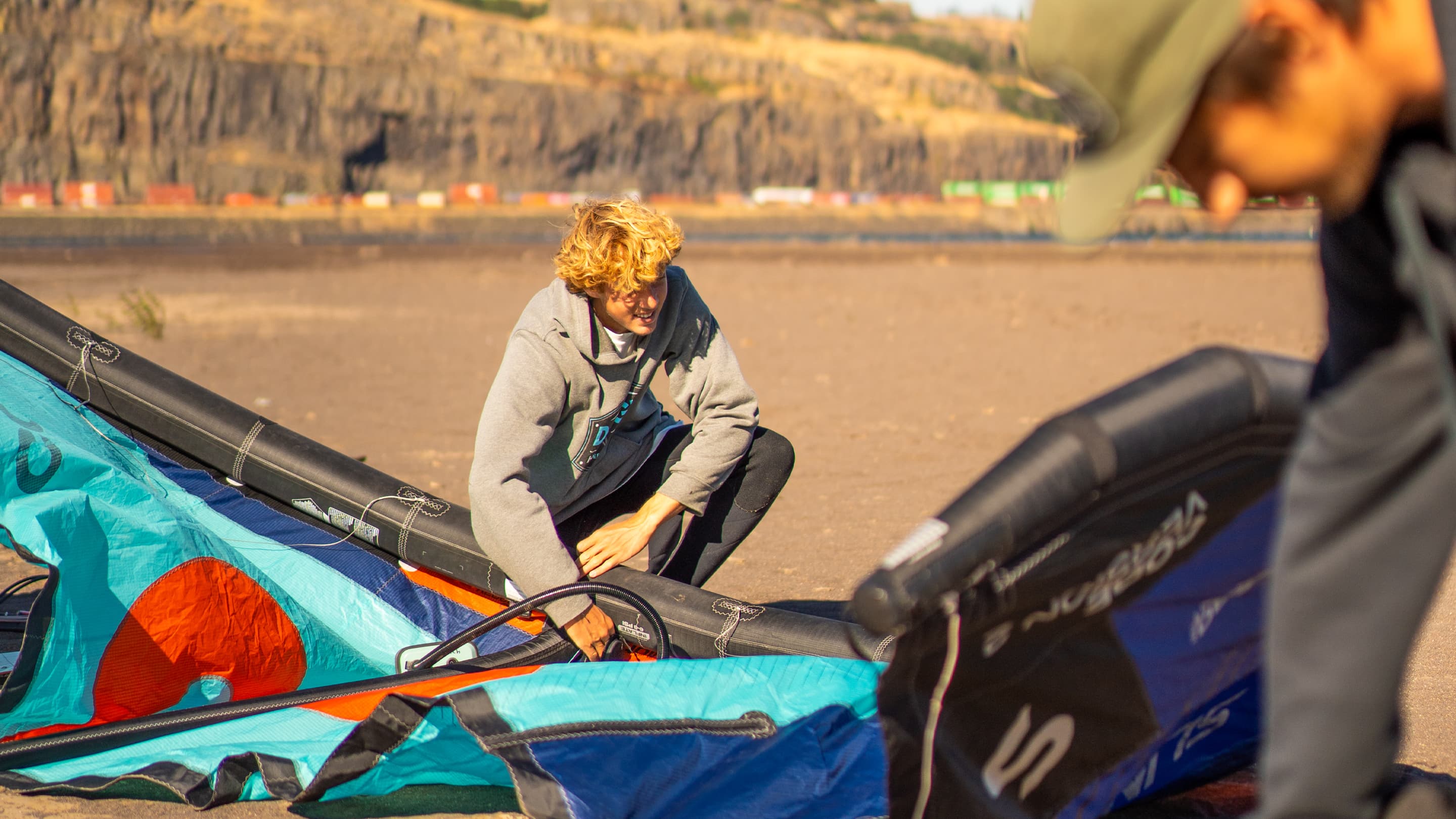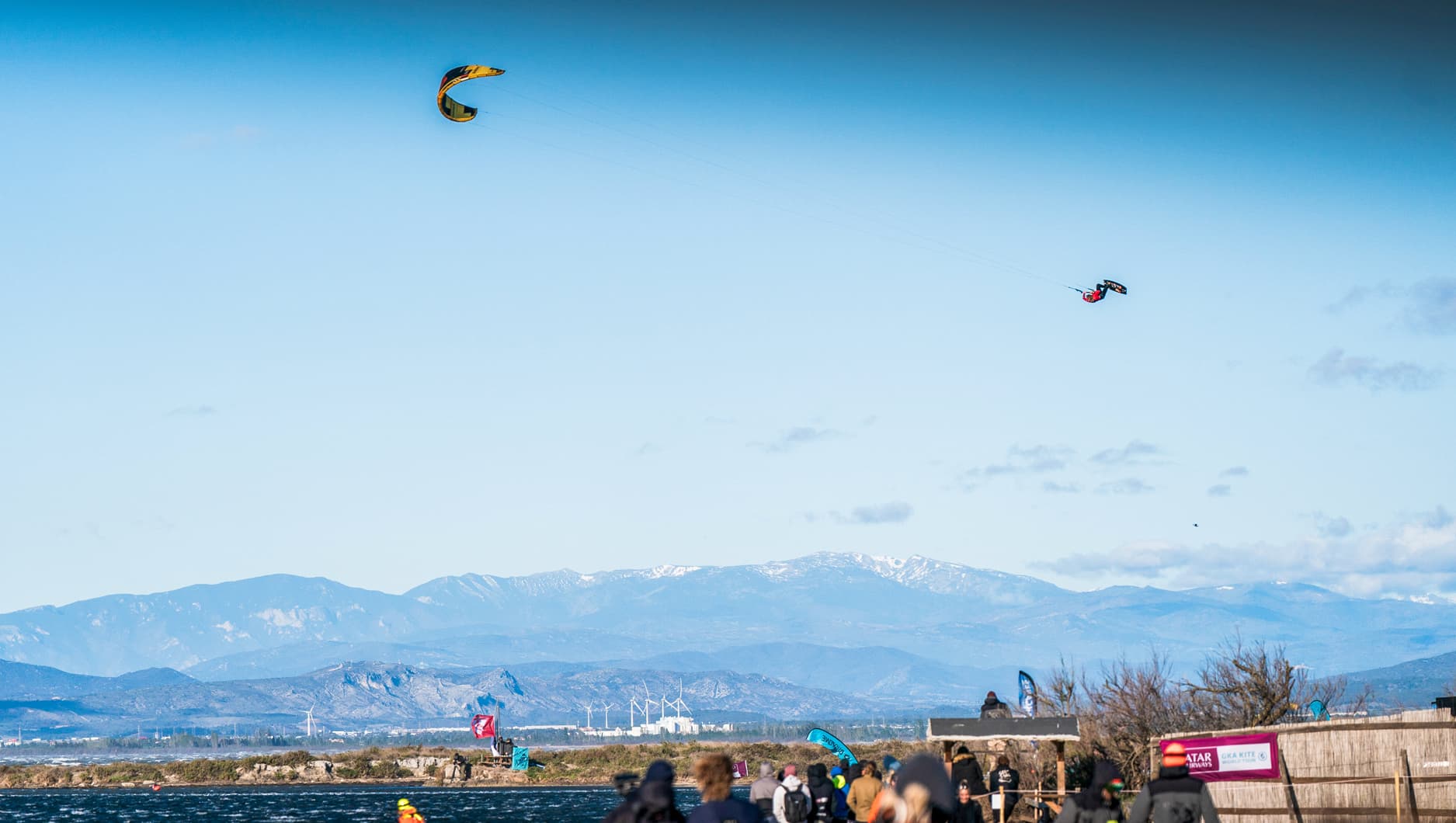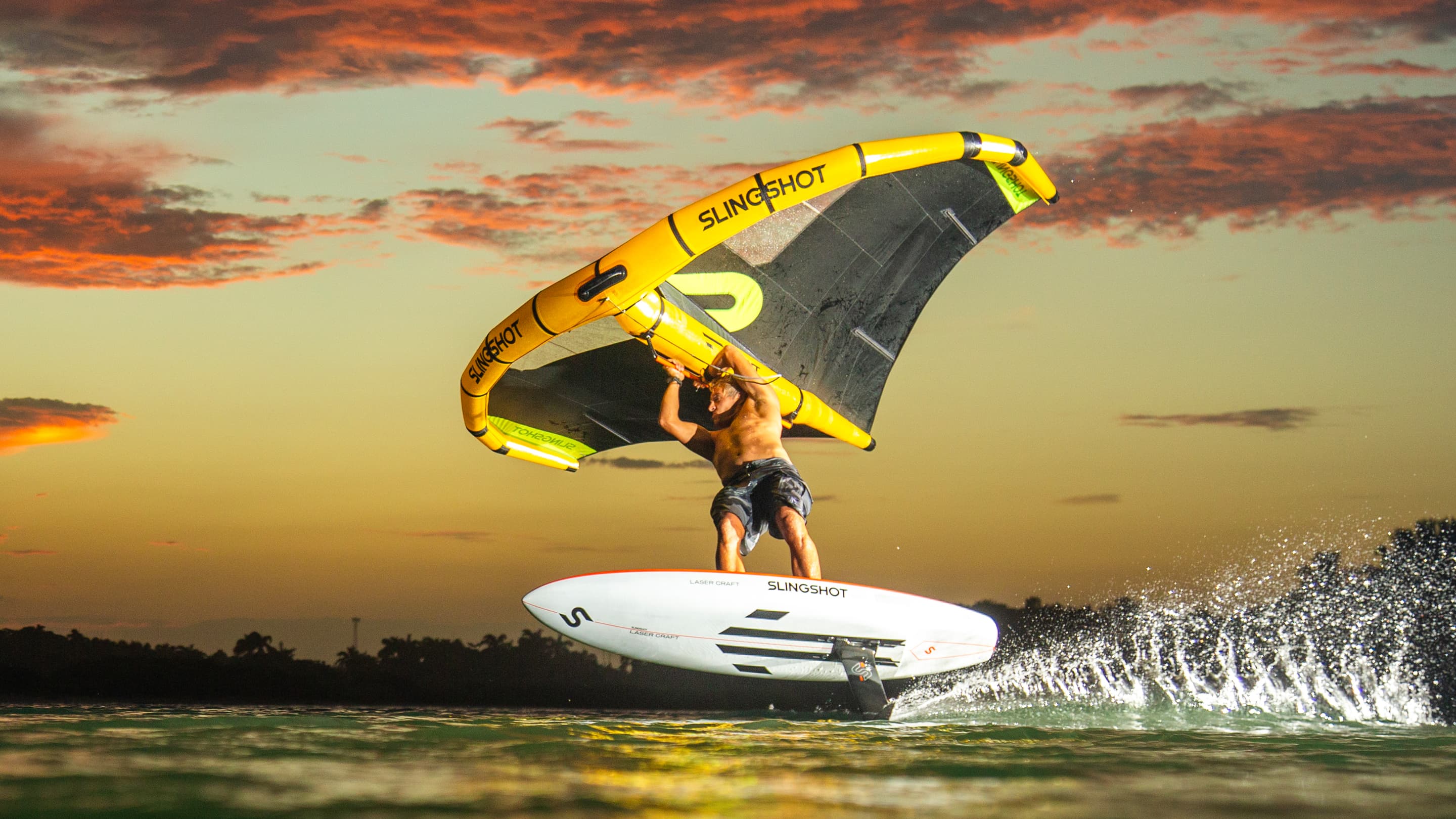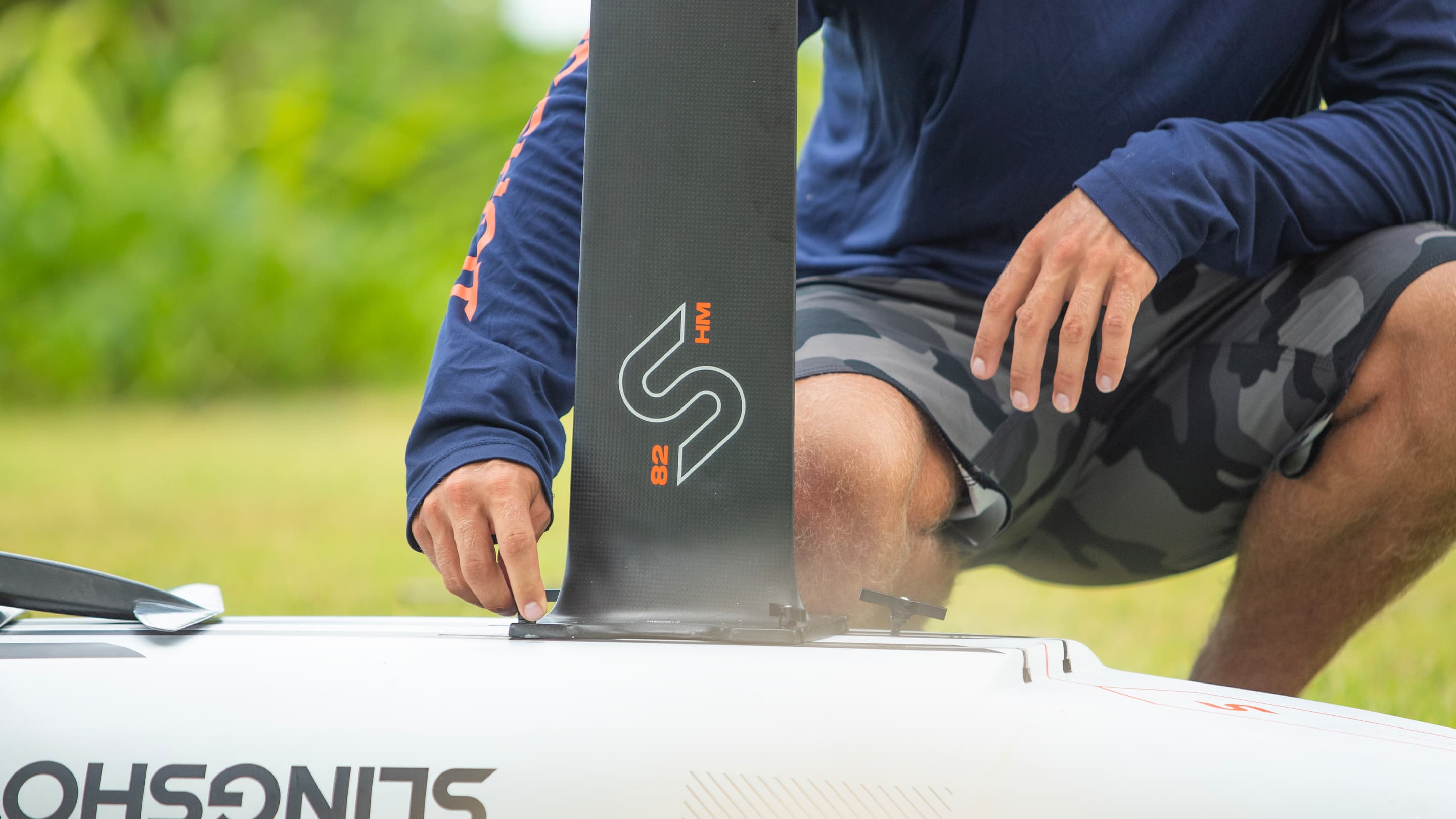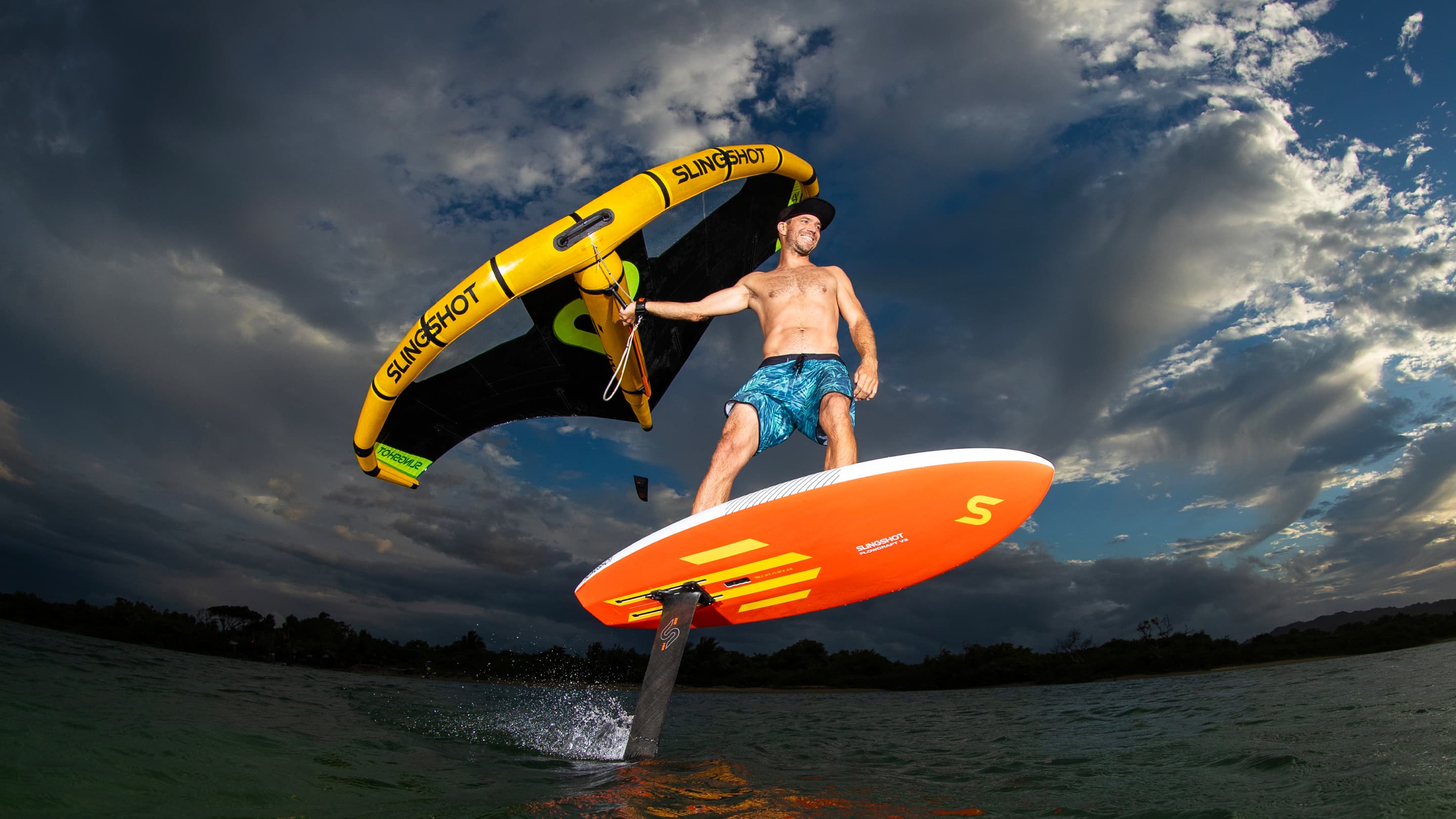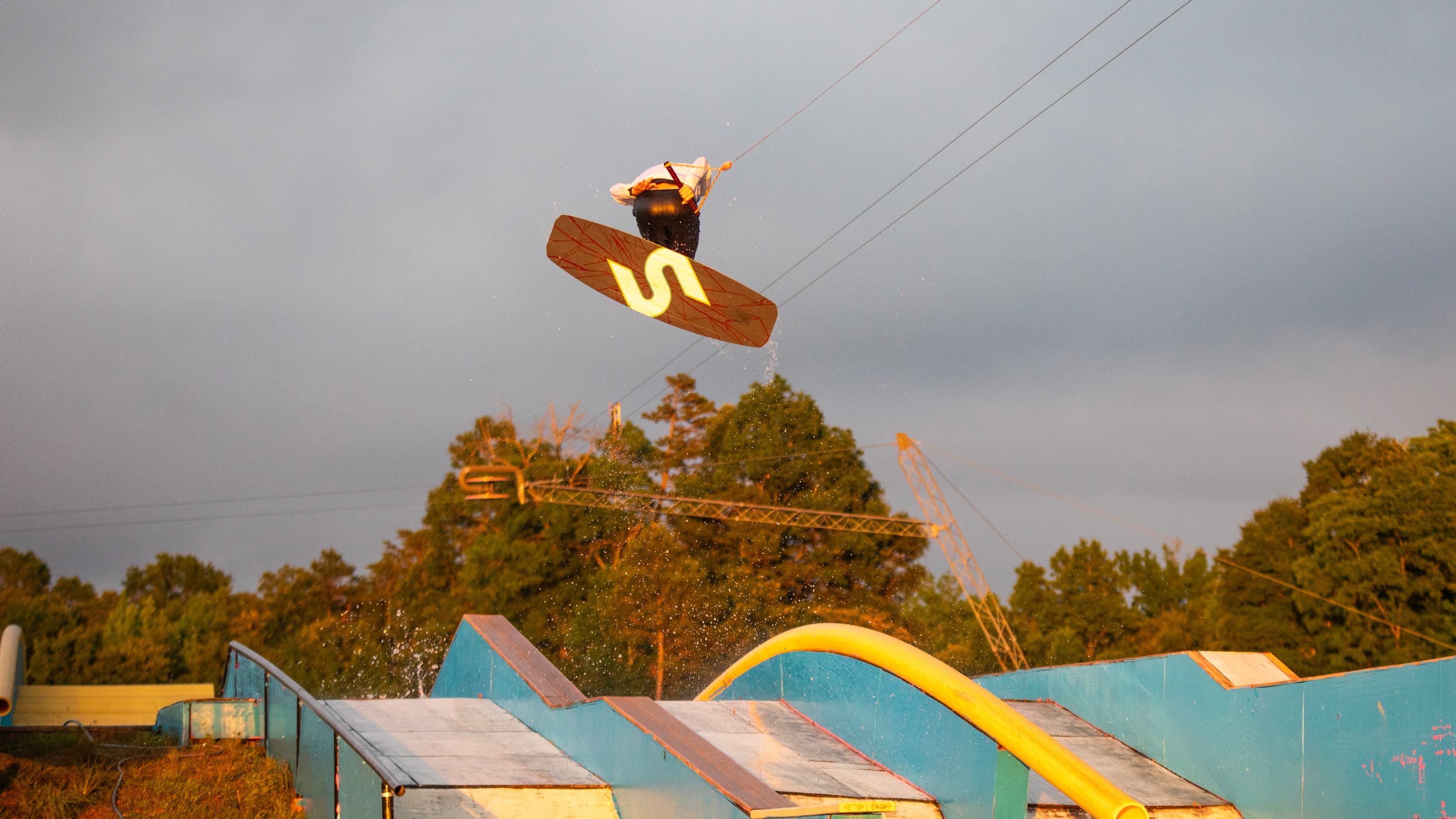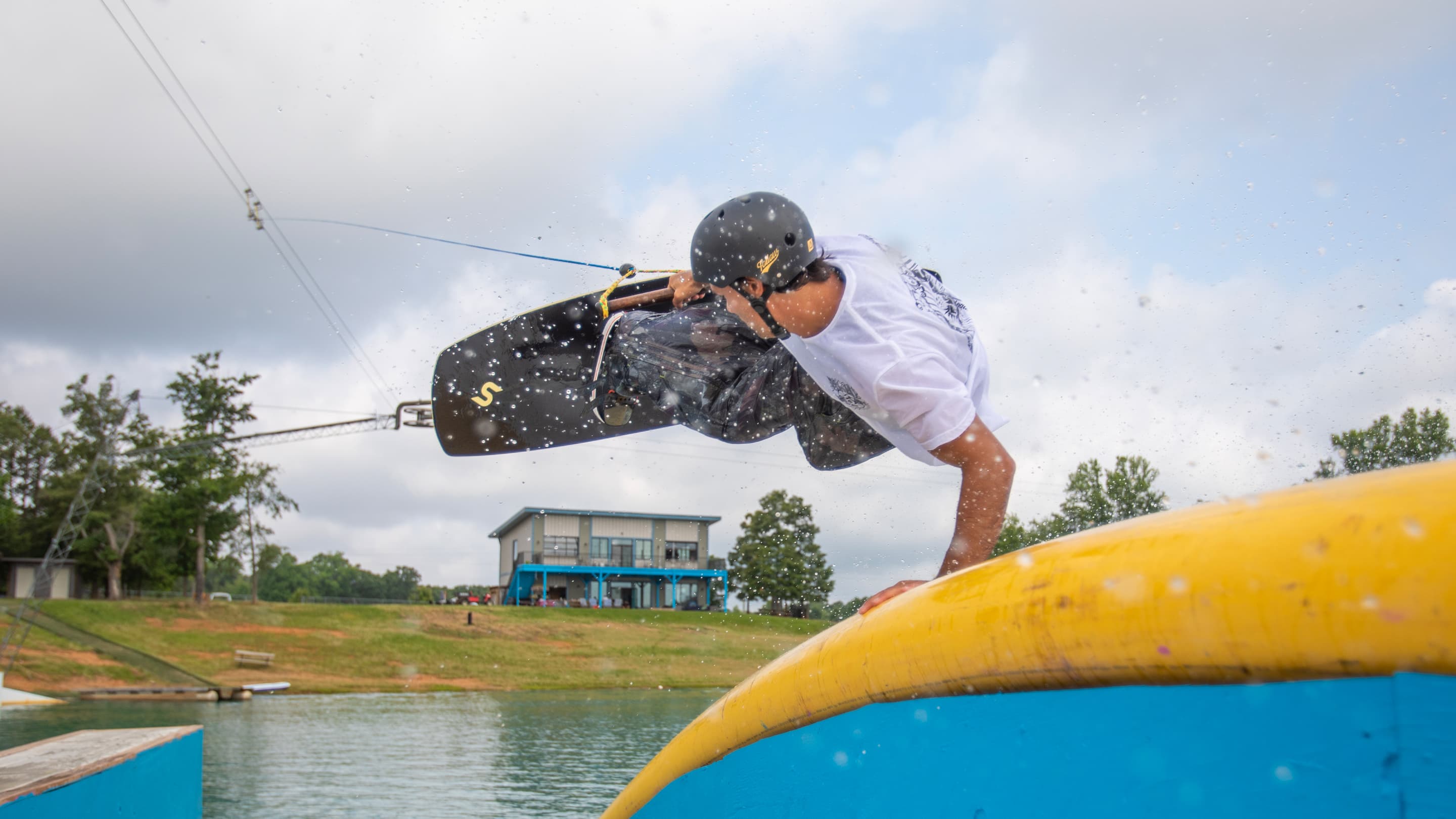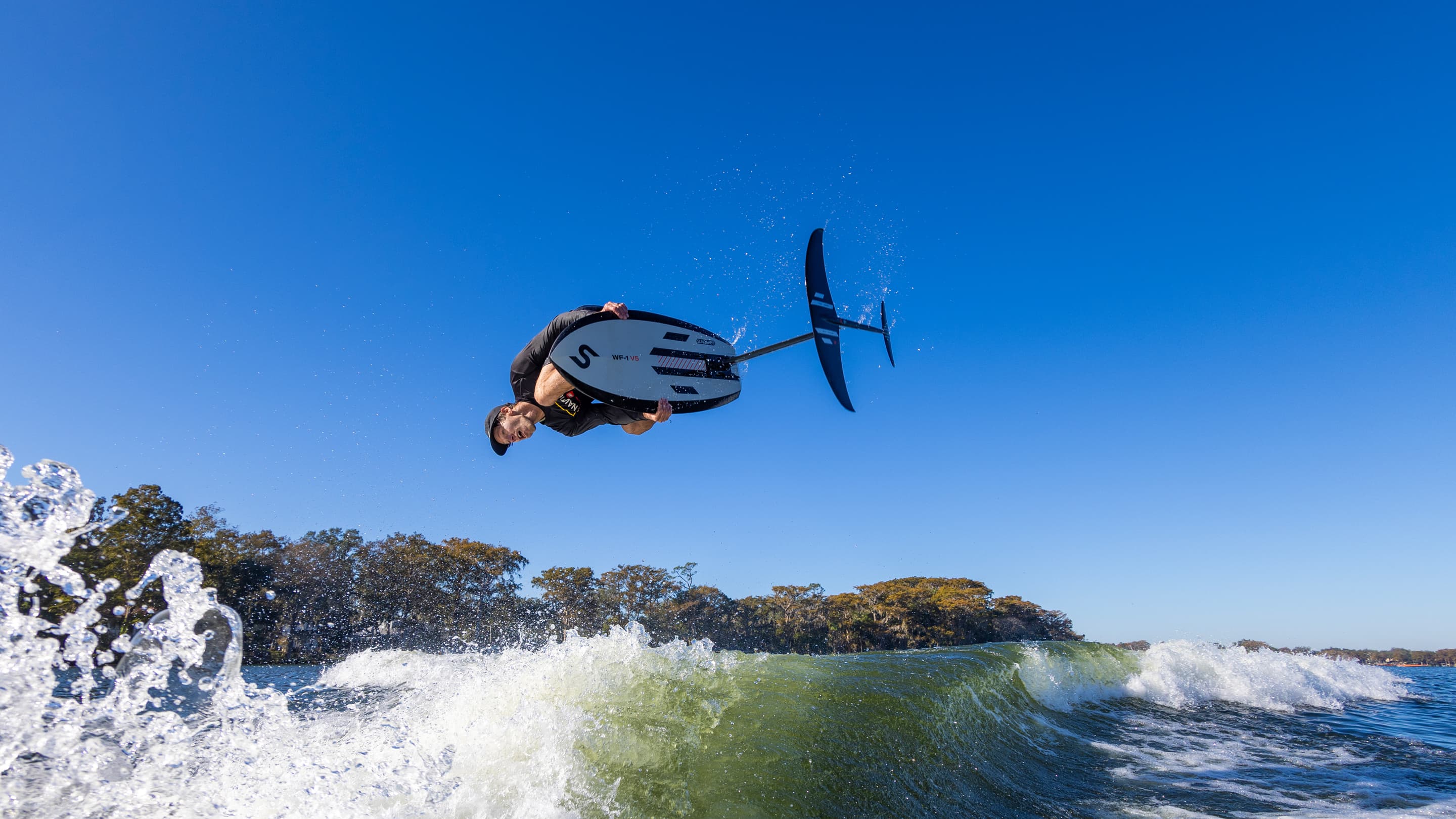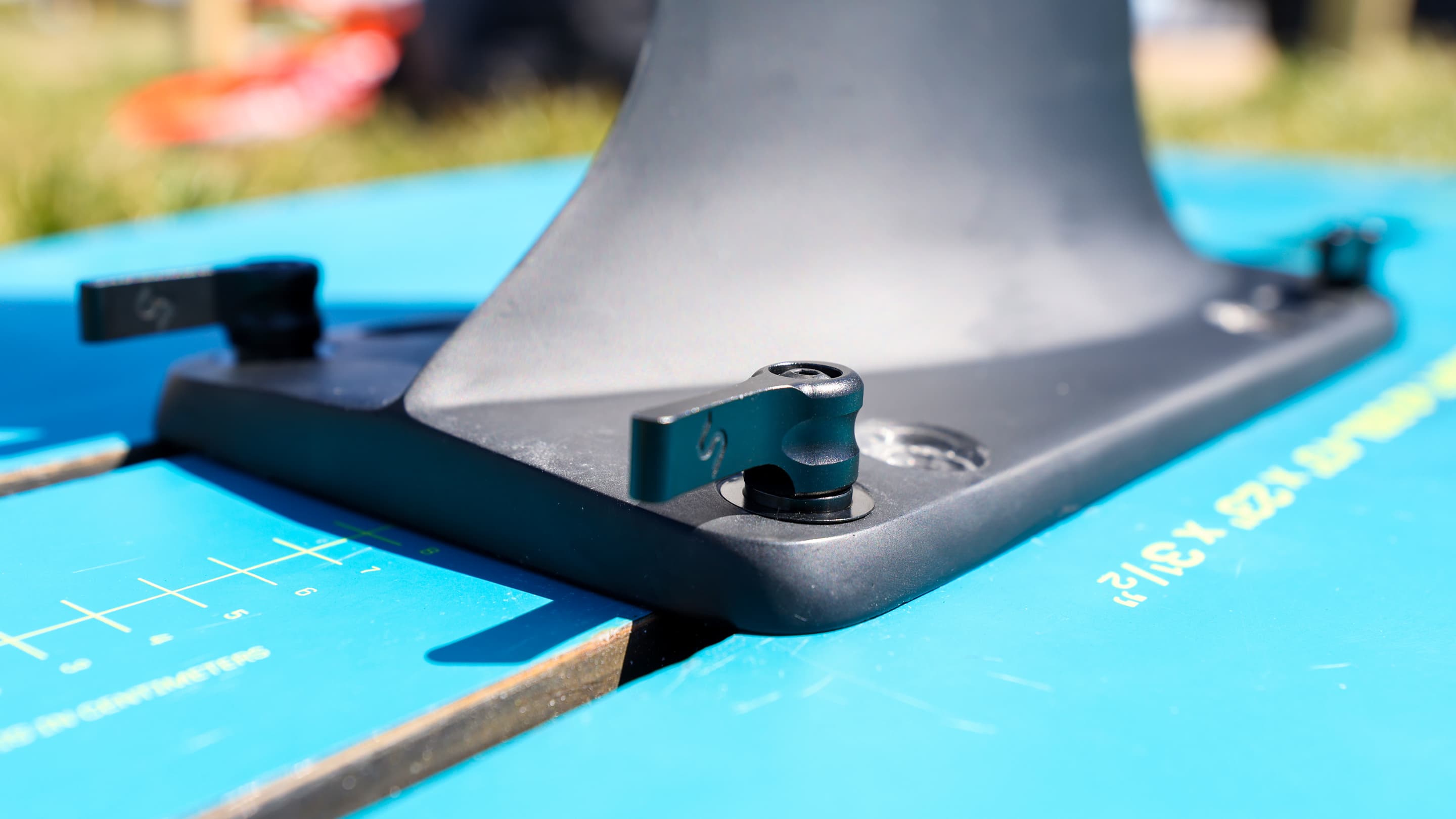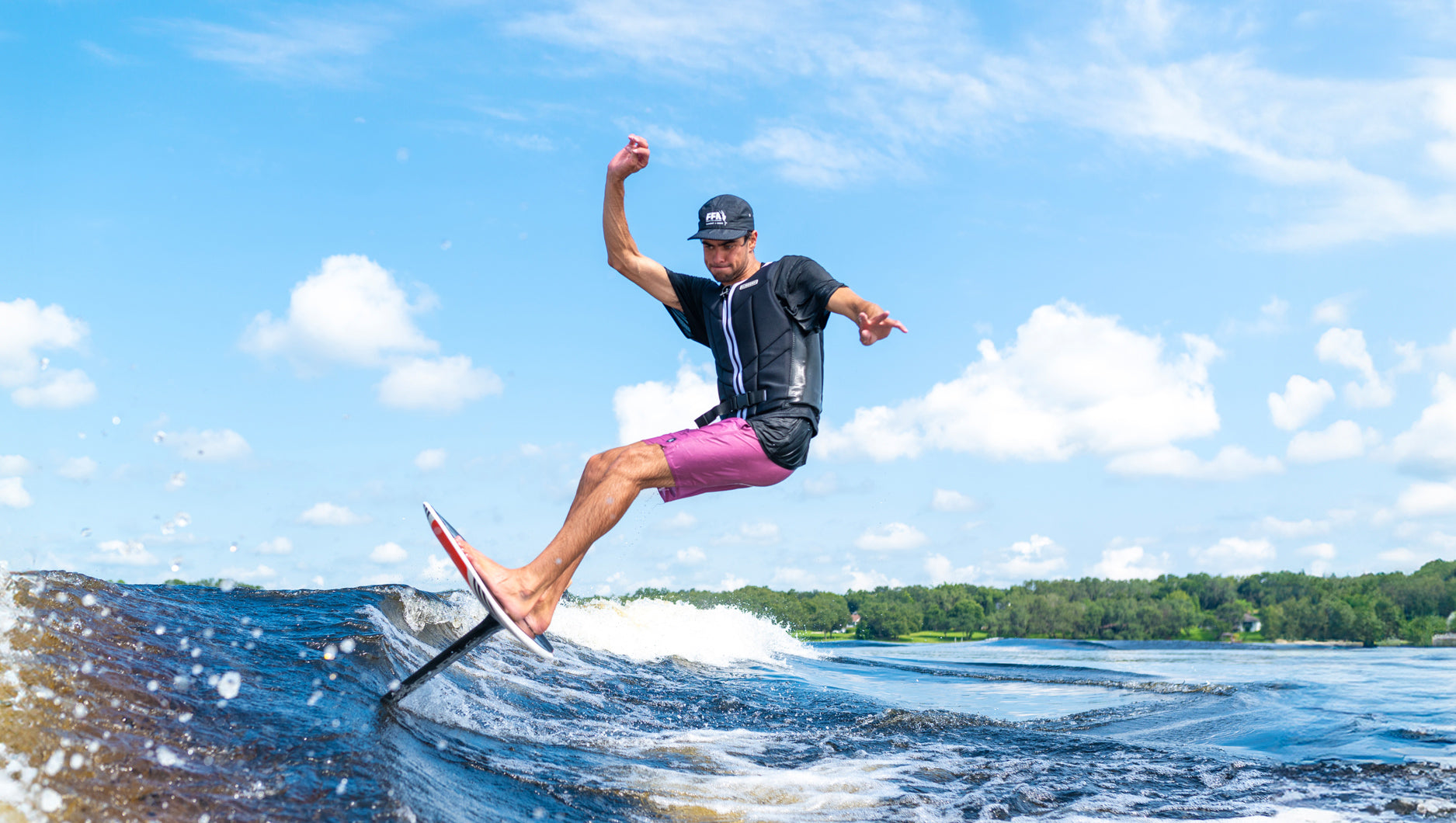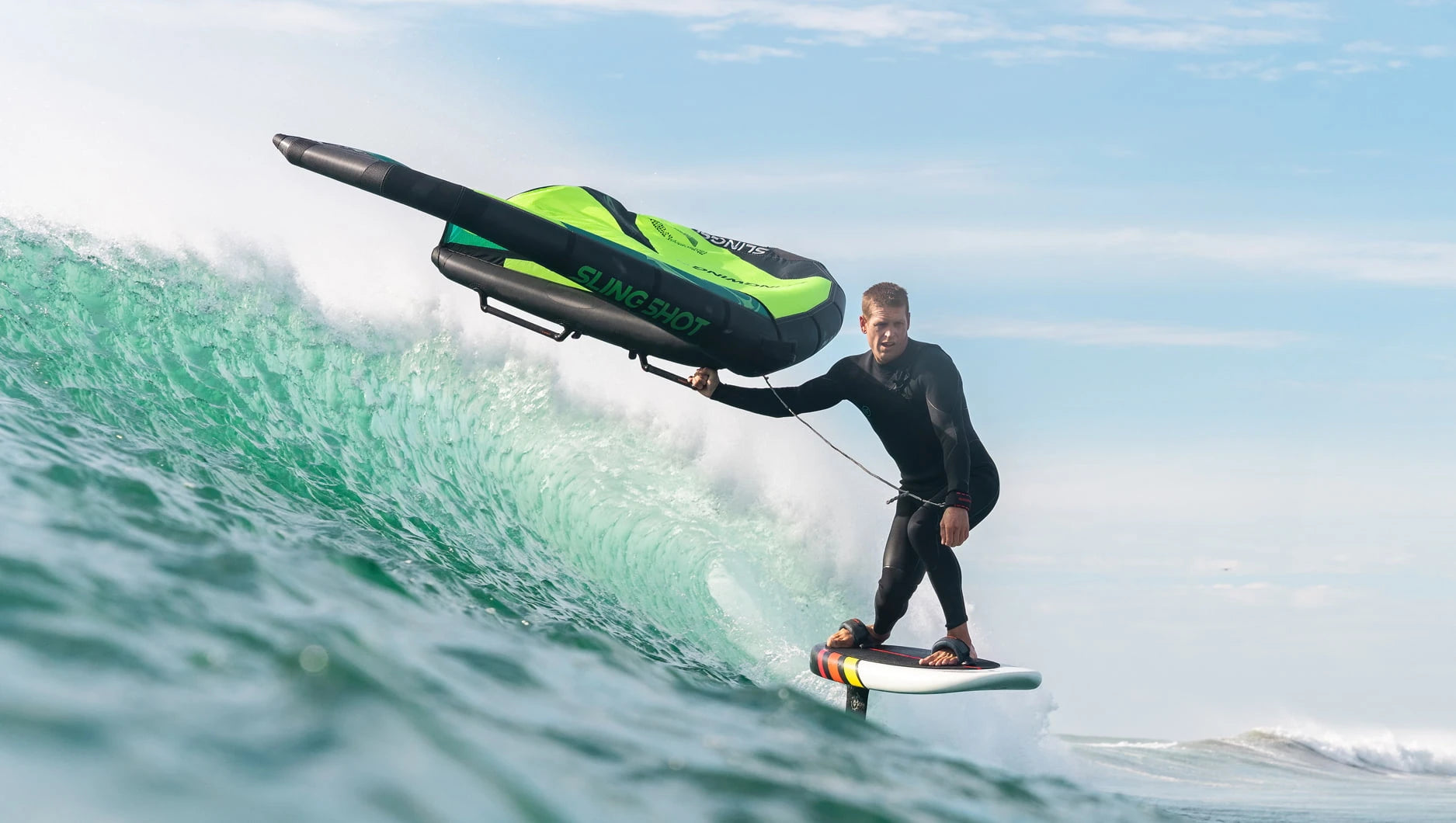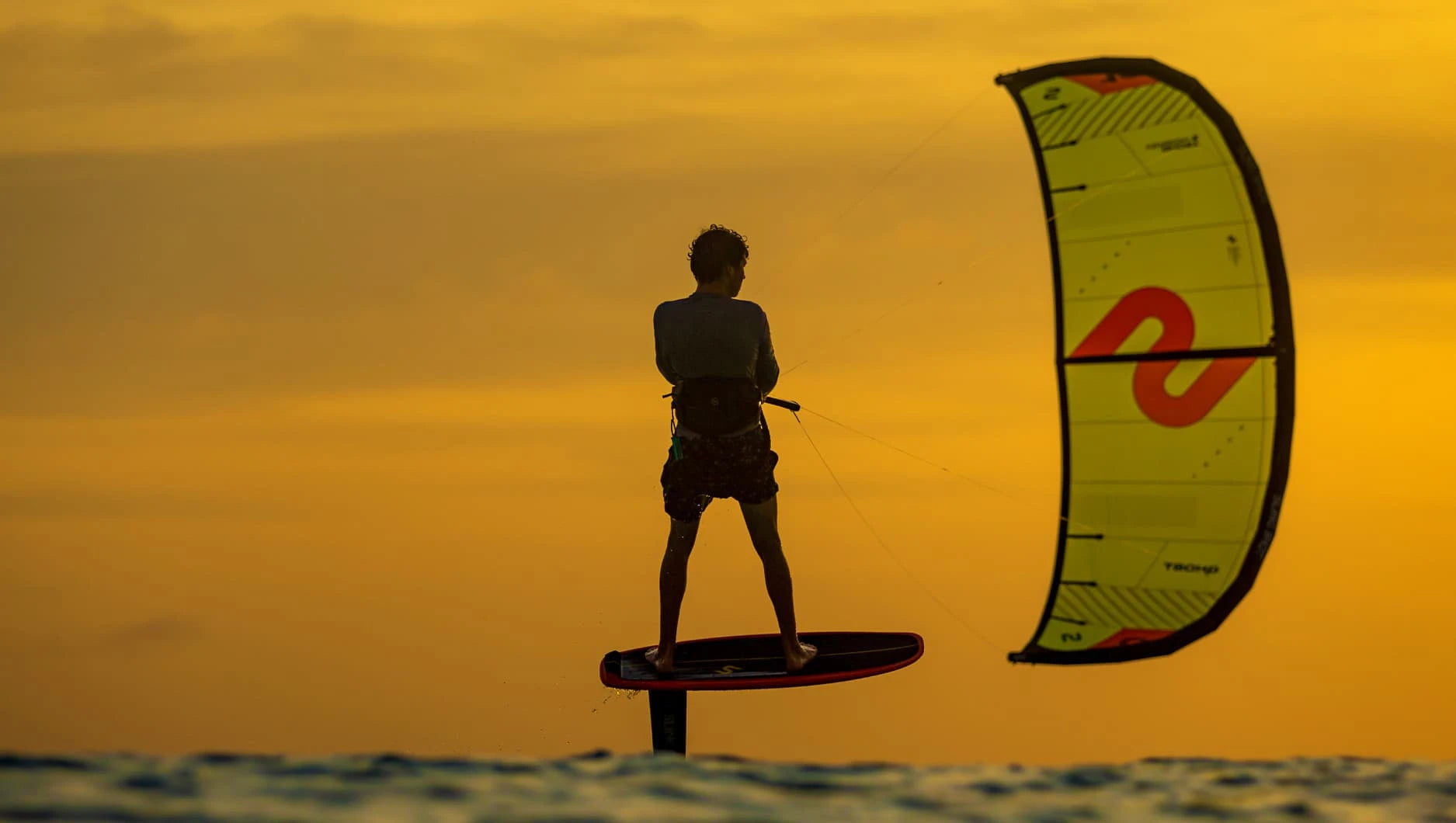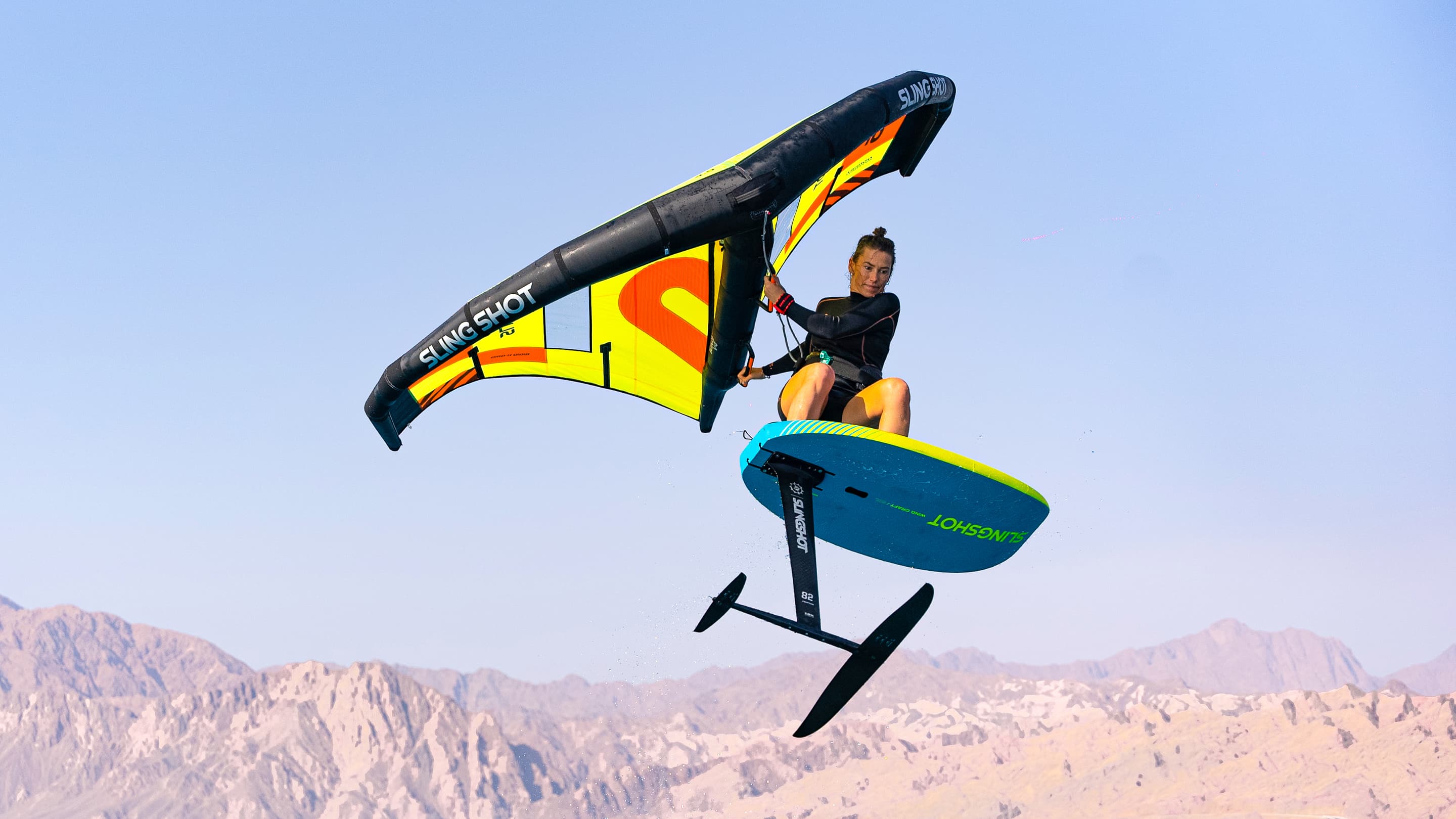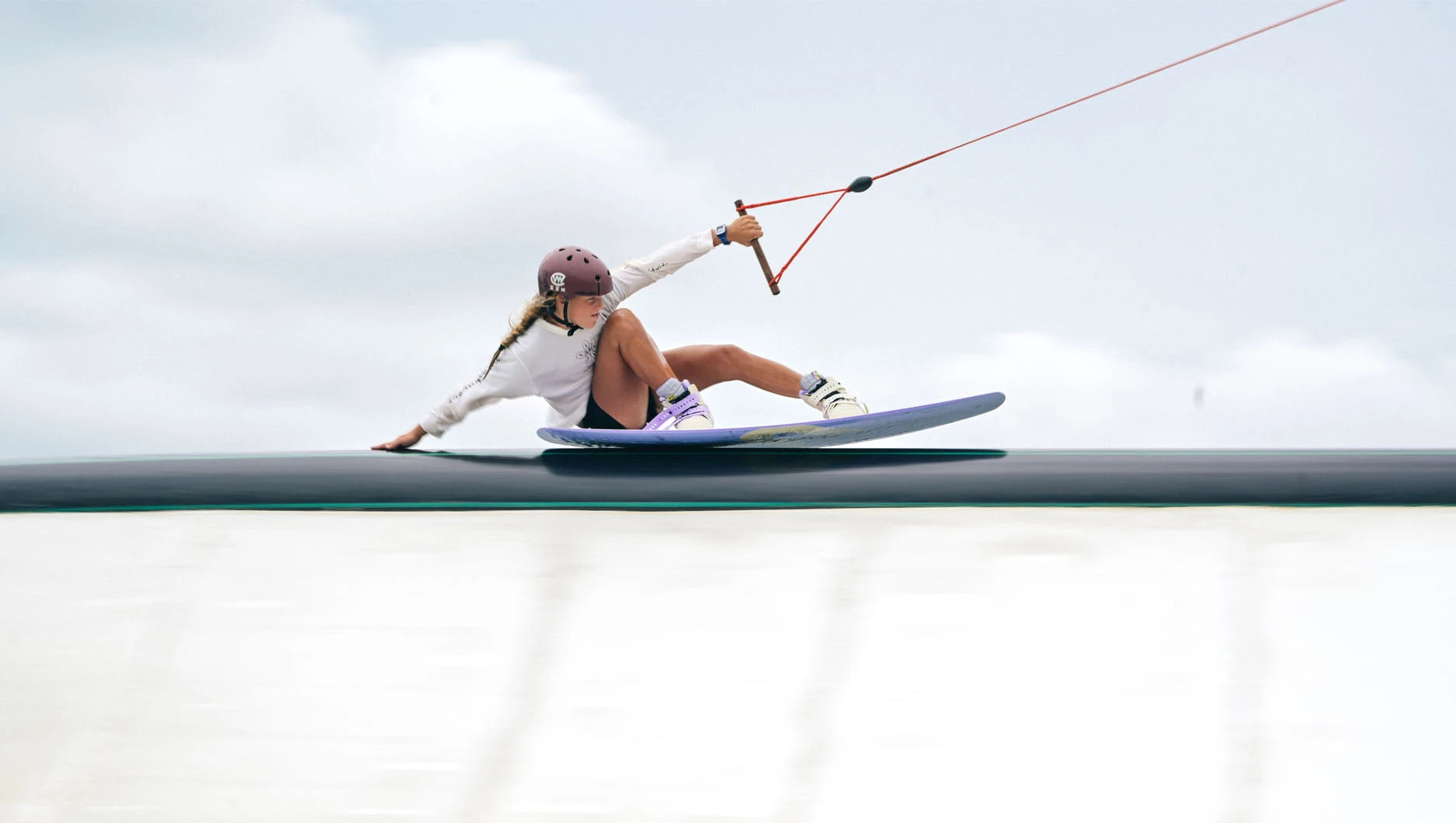How to Choose a Hydrofoil
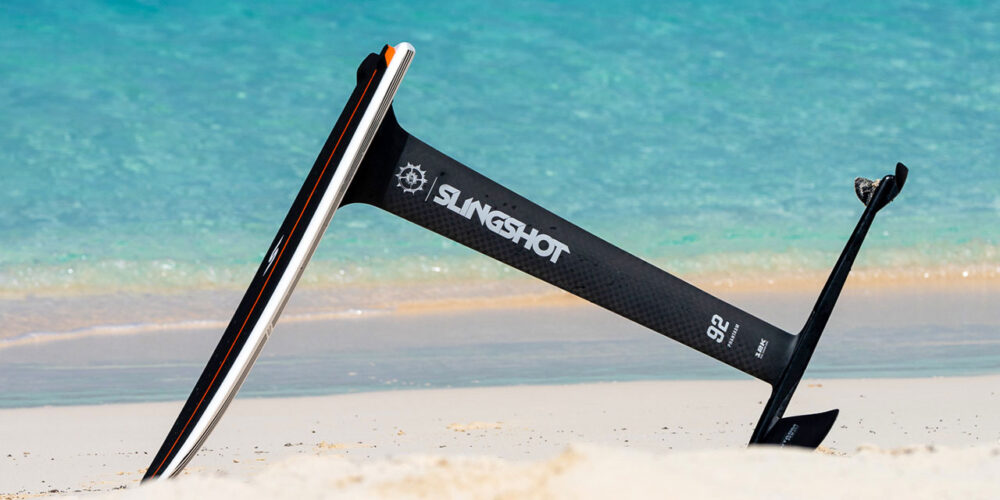
If you haven’t seen or heard of hydrofoiling by now, we would highly suggest you take a look at what is going on in this space and how it applies to our wonderful world of windsports. Not only can you experience a flying sensation like no other, but it also drastically reduces your wind speed requirements and makes staying upwind a breeze. When you add on the layer of the rapid growth of winging, prone foil, and downwind SUP foiling it's getting harder and harder to separate the world of windsports from the hydrofoil these days. With more and more emphasis on the development of cutting-edge foils, there has been an explosion in the progression of the gear's performance. Now there are ultra-high AR wings made to glide effortlessly on the most minor bumps. There are small surface area wings made to carve and ride giant waves, and finely tuned race foils capable of maintaining speeds well north of 30 knots. Most interesting, as diverse as the foils feel, almost all still share a very similar form. Here is a breakdown of understanding everything hydrofoil.
Understanding Hydrofoil components
The modern hydrofoil is composed of four key components.
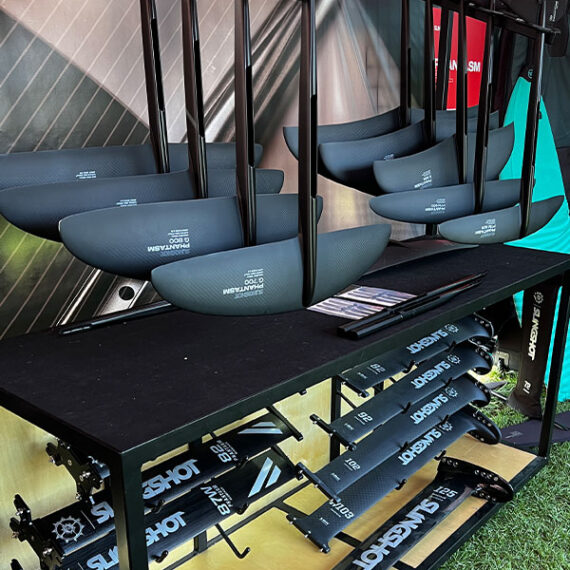
While the foils all share this “form” there is a ton of variance in those pieces from setup to setup which drastically changes the performance of the foil.
MAST - Most riders will eventually change the length and stiffness of their mast throughout their foiling progression, with shorter masts to start, working to longer masts as they spend more time up on foil.
FUSELAGE - Fuselage length is something riders modify as well, but not nearly as often as the other components and has mostly to do with foil stability and maneuverability.
FRONT WING - A specific front wing will be based on specific sport use, conditions, and weight. Lower aspect ratio, larger surface area wings in the beginning or light conditions moving to smaller surface area and higher efficiency(AR) wings for more speed, glide, and performance. There is a lot going on in front wings, and a lot to unpack and play with as a rider.
STABILIZER - it’s one of the easiest things to switch around on your setup. Conveniently, there are many options on the market, and it changes the “flavor” of your ride significantly. I personally think it is one of the best things a foiler can spend time dialing in, it gives the foil more variety in riding style without swapping the front wing(which changes foils speed and balance) and allows the foil to be more adaptable to the changing wind and water conditions.
Utilizing our Stabilizer Step Method unlocks the maximum potential of our wings and stabilizers by defining a clear path for riders to follow, allowing them to grow into the performance differences one step at a time, at exactly the right time. This method matches riding skill and progression with the next front wing series or stabilizer in micro-steps. Changing a wing or stabilizer one step at a time optimizes performance at every stage of a rider's foiling journey. Alternating steps between wing and stabilizer allow riders to immediately grow into a higher level of riding while incrementally optimizing their gear's performance. You can read more in this blog post here:
Stabilizer Step Method.
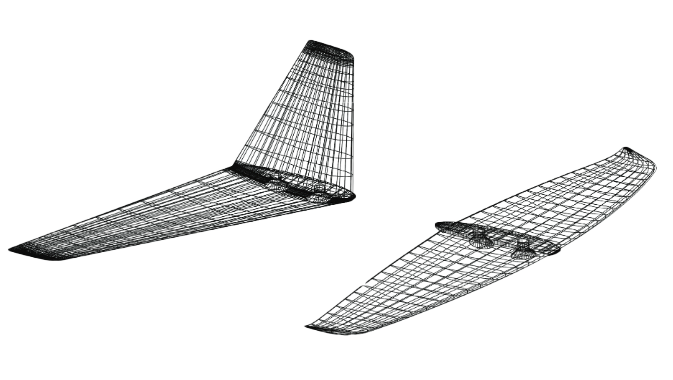
HYDROFOIL LANGUAGE
Talking about foiling requires the adaptation of a totally new language, and you may find yourself overwhelmed with all the numbers, terms, and new ways to talk about all fancy carbon parts. That’s ok, let’s start by talking about how the foil moves through physical space (water) before delving too deeply into the technical side of things. The foil can move on three main axes: pitch, roll, and yaw. Pitch is the movement of the foil up and down in the water column. Think of it as takeoff and landing of an airplane, it's the pitching angle of the nose of the foil relative to the water's surface. Conveniently it’s the first one you learn to control as it is directly related to ride height. If you can't take off and maintain level pitch, you can’t fly the foilboard above the water's surface. Next is yaw, it's the foils turning axis around its center on the horizontal plane. Think of it as the foil twisting or sliding as you steer the foil with your hips. It does not require leaning the foil over on rail and is the first way people learn to gently turn their foil. Finally there is roll, the rotation of the foil side to side or toe to heel. Think of this as the wingtips of the foil rising and falling. It is the way you lean your foil over to turn, and becomes the basis of all your carving turns on the foil. Thinking in these terms will help you understand how your foil moves, and can help you figure out what kind of ride you want under your feet. Do you want a super stable foil or a highly reactive foil? Something fast and pitch unstable for efficiency and pumping? If you can dial in what you are looking for, making the right gear selection can become a little easier. While the front wing has a lot to do with the overall feel, speed, and stability of your ride, the stabilizer plays a key role in developing the dna or “flavor” of your ride. Experimenting with tails is a great way to help figure out what you like and don’t like about your foils ride, as well as better adapt your foil to the days current conditions.
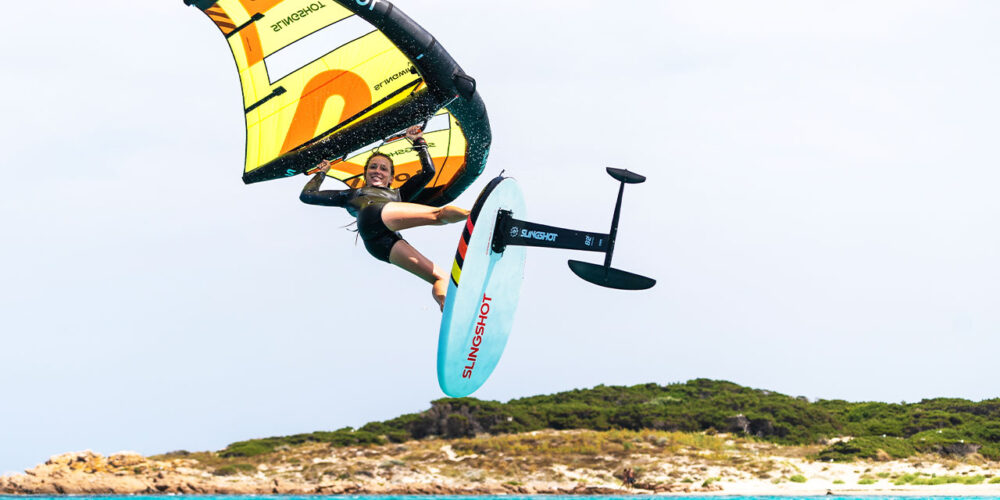
 If you haven’t seen or heard of hydrofoiling by now, we would highly suggest you take a look at what is going on in this space and how it applies to our wonderful world of windsports. Not only can you experience a flying sensation like no other, but it also drastically reduces your wind speed requirements and makes staying upwind a breeze. When you add on the layer of the rapid growth of winging, prone foil, and downwind SUP foiling it's getting harder and harder to separate the world of windsports from the hydrofoil these days. With more and more emphasis on the development of cutting-edge foils, there has been an explosion in the progression of the gear's performance. Now there are ultra-high AR wings made to glide effortlessly on the most minor bumps. There are small surface area wings made to carve and ride giant waves, and finely tuned race foils capable of maintaining speeds well north of 30 knots. Most interesting, as diverse as the foils feel, almost all still share a very similar form. Here is a breakdown of understanding everything hydrofoil.
If you haven’t seen or heard of hydrofoiling by now, we would highly suggest you take a look at what is going on in this space and how it applies to our wonderful world of windsports. Not only can you experience a flying sensation like no other, but it also drastically reduces your wind speed requirements and makes staying upwind a breeze. When you add on the layer of the rapid growth of winging, prone foil, and downwind SUP foiling it's getting harder and harder to separate the world of windsports from the hydrofoil these days. With more and more emphasis on the development of cutting-edge foils, there has been an explosion in the progression of the gear's performance. Now there are ultra-high AR wings made to glide effortlessly on the most minor bumps. There are small surface area wings made to carve and ride giant waves, and finely tuned race foils capable of maintaining speeds well north of 30 knots. Most interesting, as diverse as the foils feel, almost all still share a very similar form. Here is a breakdown of understanding everything hydrofoil.
 While the foils all share this “form” there is a ton of variance in those pieces from setup to setup which drastically changes the performance of the foil. MAST - Most riders will eventually change the length and stiffness of their mast throughout their foiling progression, with shorter masts to start, working to longer masts as they spend more time up on foil. FUSELAGE - Fuselage length is something riders modify as well, but not nearly as often as the other components and has mostly to do with foil stability and maneuverability. FRONT WING - A specific front wing will be based on specific sport use, conditions, and weight. Lower aspect ratio, larger surface area wings in the beginning or light conditions moving to smaller surface area and higher efficiency(AR) wings for more speed, glide, and performance. There is a lot going on in front wings, and a lot to unpack and play with as a rider. STABILIZER - it’s one of the easiest things to switch around on your setup. Conveniently, there are many options on the market, and it changes the “flavor” of your ride significantly. I personally think it is one of the best things a foiler can spend time dialing in, it gives the foil more variety in riding style without swapping the front wing(which changes foils speed and balance) and allows the foil to be more adaptable to the changing wind and water conditions.
While the foils all share this “form” there is a ton of variance in those pieces from setup to setup which drastically changes the performance of the foil. MAST - Most riders will eventually change the length and stiffness of their mast throughout their foiling progression, with shorter masts to start, working to longer masts as they spend more time up on foil. FUSELAGE - Fuselage length is something riders modify as well, but not nearly as often as the other components and has mostly to do with foil stability and maneuverability. FRONT WING - A specific front wing will be based on specific sport use, conditions, and weight. Lower aspect ratio, larger surface area wings in the beginning or light conditions moving to smaller surface area and higher efficiency(AR) wings for more speed, glide, and performance. There is a lot going on in front wings, and a lot to unpack and play with as a rider. STABILIZER - it’s one of the easiest things to switch around on your setup. Conveniently, there are many options on the market, and it changes the “flavor” of your ride significantly. I personally think it is one of the best things a foiler can spend time dialing in, it gives the foil more variety in riding style without swapping the front wing(which changes foils speed and balance) and allows the foil to be more adaptable to the changing wind and water conditions.







